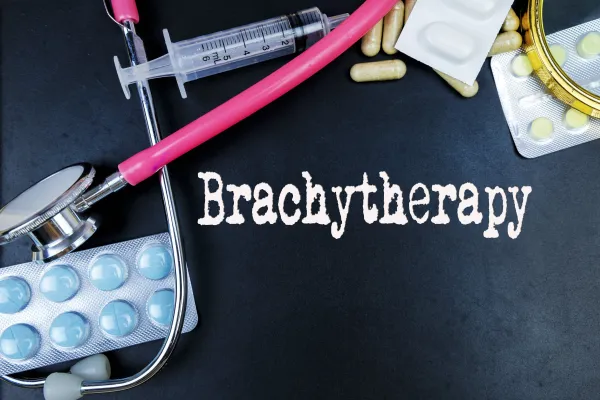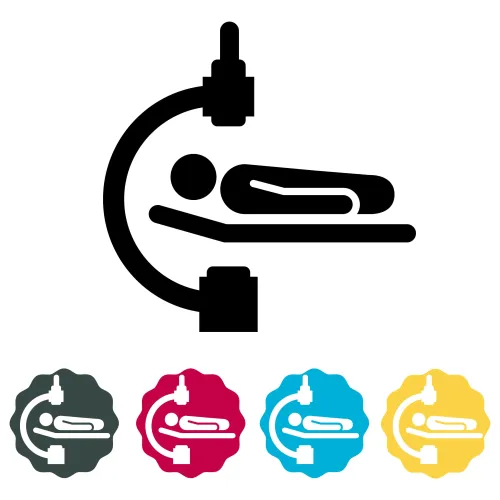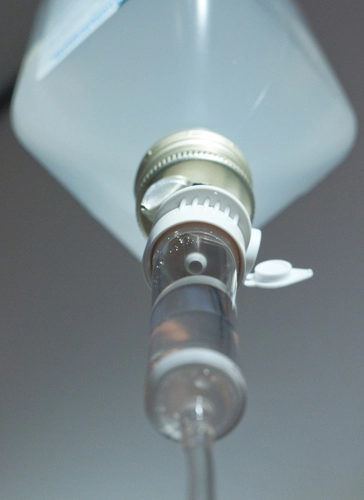Oncology & Hematology Coding Alert
Ask These 4 Questions, Make Sense of Colorectal Cancer Screening Codes
Pick the right code the first time, every time.
Picking the right code for a colorectal cancer screening can be tricky. And it’s not just as simple as knowing the different procedures. Understanding Medicare terminology and knowing the difference between which procedures are used for screening and which for diagnostic purposes also helps in determining the correct code choice.
In the end, it all comes down to asking four very simple questions. The answers, as you’ll see, will lead you to choose the correct code. And they will keep you on the right side of Medicare rules and regulations, too.
Question 1: Ask, “Is This a High-Risk Patient?”
This first question is extremely important, not only because it affects code choice but also because it determines coverage frequency and payments for your Medicare patients. Medicare defines a patient at high risk as one who has one or more of the following:
- A close relative (sibling, parent, or child) who has had colorectal cancer or an adenomatous polyp;
- A family history of familial adenomatous polyposis;
- A family history of hereditary nonpolyposis colorectal cancer;
- A personal history of adenomatous polyps;
- A personal history of colorectal cancer; or
- Inflammatory bowel disease, including Crohn’s disease, and ulcerative colitis. (Source: www.cms.gov/files/document/r10818cp.pdf).

Simply put, you will code G0105 (Colorectal cancer screening; colonoscopy on individual at high risk) if your provider chooses to screen for colorectal cancer by performing a colonoscopy and a patient meets these criteria, and G0121 (Colorectal cancer screening; colonoscopy on individual not meeting criteria for high risk) for a patient that does not.
Why does it matter? Aside from enabling you to pick the correct HCPCS code for the procedure, determination of patient risk will also affect your billing and patient payment responsibility. For the non-high-risk patient, Medicare will pay for G0121 “once every 10 years (i.e., at least 119 months have passed following the month in which the last covered HCPCS G0121 screening colonoscopy was performed.)” or “after at least 47 months have passed following the month in which the last covered HCPCS G0104 [Colorectal cancer screening; flexible sigmoidoscopy] flexible sigmoidoscopy was performed.”
And don’t forget these high-risk Dx: Medicare also provides a partial list of ICD-10-CM codes meeting high-risk criteria for colorectal cancer. Codes from the following groups qualify for high-risk statues when supported by the medical record on the claim:
- C18.- (Malignant neoplasm of colon)
- C7A.02- (Malignant carcinoid tumors of the appendix, large intestine, and rectum)
- D12.- (Benign neoplasm of colon, rectum, anus and anal canal)
- D3A.02- (Benign carcinoid tumors of the appendix, large intestine, and rectum)
- K50.- (Crohn’s disease [regional enteritis])
- K51.- (Ulcerative colitis)
- K57.- (Diverticular disease of intestine)
- Z12.1- (Encounter for screening for malignant neoplasm of intestinal tract)
Question 2: Ask, “What is the Purpose of This Procedure?”
One issue that creates coding problems is that procedures for colorectal cancer screenings, such as sigmoidoscopies and colonoscopies, are also the same procedures providers use to perform diagnostic services. So, it is easy enough to use 45330 (Sigmoidoscopy, flexible; diagnostic, including collection of specimen[s] by brushing or washing, when performed [separate procedure]) instead of G0104, or 45378 (Colonoscopy, flexible; diagnostic, including collection of specimen[s] by brushing or washing, when performed [separate procedure]) rather than G0105 or G0121.

The same is also true for fecal-occult blood tests, where the diagnostic test 82274 (Blood, occult, by fecal hemoglobin determination by immunoassay, qualitative, feces, 1-3 simultaneous determinations) can be easily confused with screening tests G0328 (Colorectal cancer screening; fecal occult blood test, immunoassay, 1-3 simultaneous) and 82270 (Blood, occult, by peroxidase activity (eg, guaiac), qualitative; feces, consecutive collected specimens with single determination, for colorectal neoplasm screening (ie, patient was provided 3 cards or single triple card for consecutive collection).
The important thing to remember here is that the screening codes should be used when the patient is not showing symptoms of colorectal cancer. If your provider has documented that a patient has blood in the stool, a change in bowel habits, abdominal discomfort, weakness, or fatigue, and has documented the need for a diagnostic procedure, then you should not use one of the colorectal cancer screening codes. You can use them for asymptomatic patients, however, who are covered for preventative screenings providing they meet Medicare’s age and frequency requirements.
Question 3: Ask, “What’s the Difference Between G0328 and 82270?”
On the surface, the fecal occult blood test codes, G0328 and 82270, seem very similar. Making matters worse, Medicare recognizes both codes as colorectal cancer screening codes, so their purposes are the same as far as Medicare is concerned.
The difference between the two tests is down to different methodologies. Simply, G0328 is a fecal immunochemical test, or FIT, where the fecal specimen is mixed with an antibody and a lab analyst observes the change in the mixture, whereas 82270 is a guaiac or peroxidase activity test, where the specimen is smeared on a card that will turn blue if it detects blood in the stool.
And remember: Don’t confuse 82270 with 82272 (Blood, occult, by peroxidase activity (eg, guaiac), qualitative, feces, 1-3 simultaneous determinations, performed for other than colorectal neoplasm screening), which, as the descriptor notes, is used for diagnostic and not screening purposes.
Question 4: Ask, “What Is an Alternative Screening?”
Two codes — G0106 (Colorectal cancer screening; alternative to G0104, screening sigmoidoscopy, barium enema) and G0120 (Colorectal cancer screening; alternative to G0105, screening colonoscopy, barium enema) — describe “alternative screenings,” which are only alternative in the sense that both involve the provider administering a barium enema to the patient prior to the main procedure, either a sigmoidoscopy or a colonoscopy, for the screening.
Coding alert: For colorectal cancer screenings that only involve a barium enema, you’ll report G0122 (Colorectal cancer screening; barium enema).
Related Articles
Oncology & Hematology Coding Alert
- CPT® 2022 Updates:
Know These New Permanent, Category III, and PLA Oncology and Hematology Codes
CPT® 2022 has plenty of additions to keep you on your toes. As usual, advances [...] - CPT® 2022 Updates:
Manage These New 2022 CPT® RTM Codes, 99211 Revision
Learn about this new way to monitor medication use and efficacy. In addition to all [...] - Condition Spotlight:
Ask These 4 Questions, Make Sense of Colorectal Cancer Screening Codes
Pick the right code the first time, every time. Picking the right code for a [...] - You Be the Coder:
Get a Grip on Medicare’s G Modifiers
Question: Can you explain the difference between the four G modifiers required for use when [...] - Reader Questions:
Take This History Advice to the Bank
Question: Can a radiology oncology practice use a “history of” code when a patient has [...] - Reader Questions:
Find Out if This Payer Policy Is in Order
Question: ICD-10-CM coding guidelines state that if a patient is seen for the administration of [...] - Reader Questions:
Code Bone Marrow Biopsies by Provider
Question: Our oncologist performs bone marrow biopsies, prepares a brief report after looking at the [...]




